
Filmpac Footage Contributor Program
Want to make money selling footage through a major stock footage platform like Filmpac? This page will walk you through the processs.
Continue ReadingBy Kevin Graham
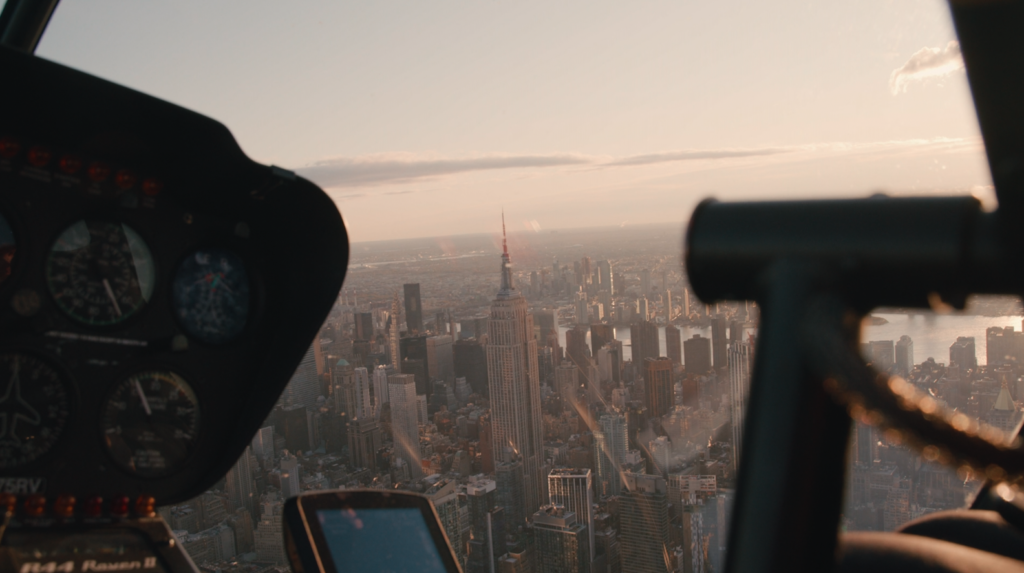

Whether you’re writing out a script or communicating with a client, it always helps to speak the “language” of filmmaking.
Some of the most useful filmmaking jargon relates to the focal distance (or how to frame) of a shot. So today, we’re going to list the 6 most common terms.
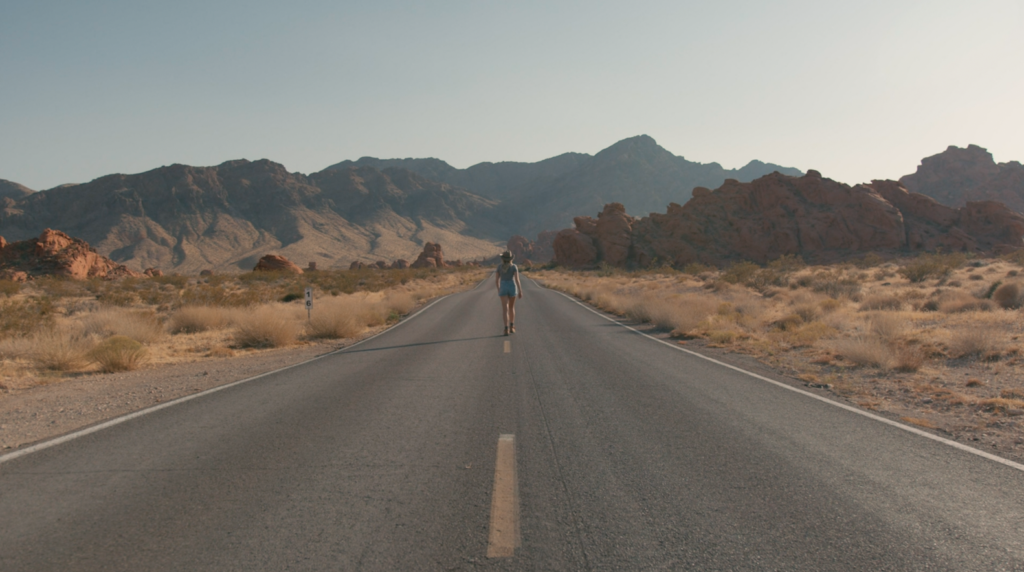
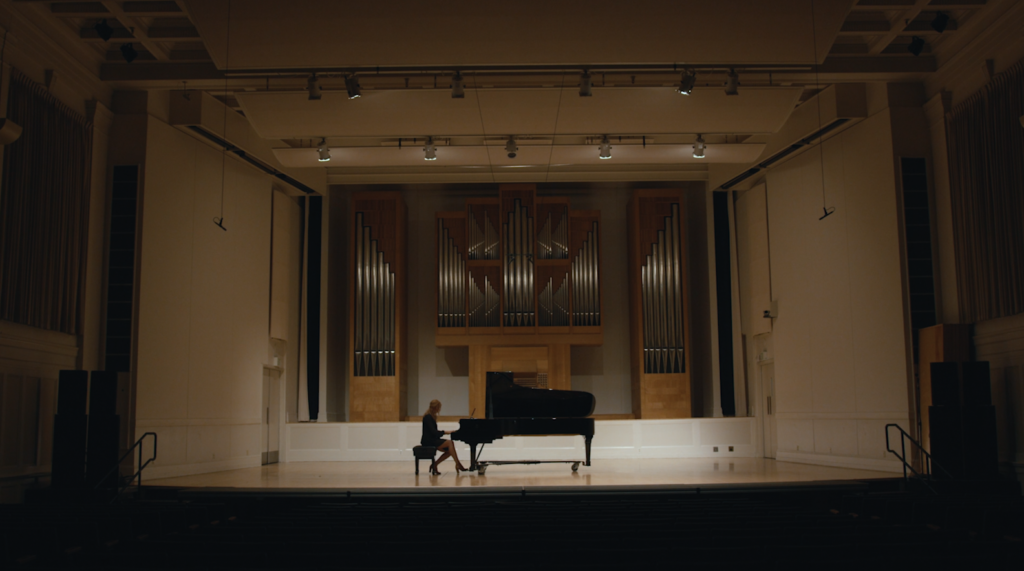
This type of shot is exactly what it sounds like: far away from the subject, or sometimes even without any subject.
Extreme wide shots are typically used as establishing shots to give context, or as introspective shots detailing a subject’s relationship with a setting.
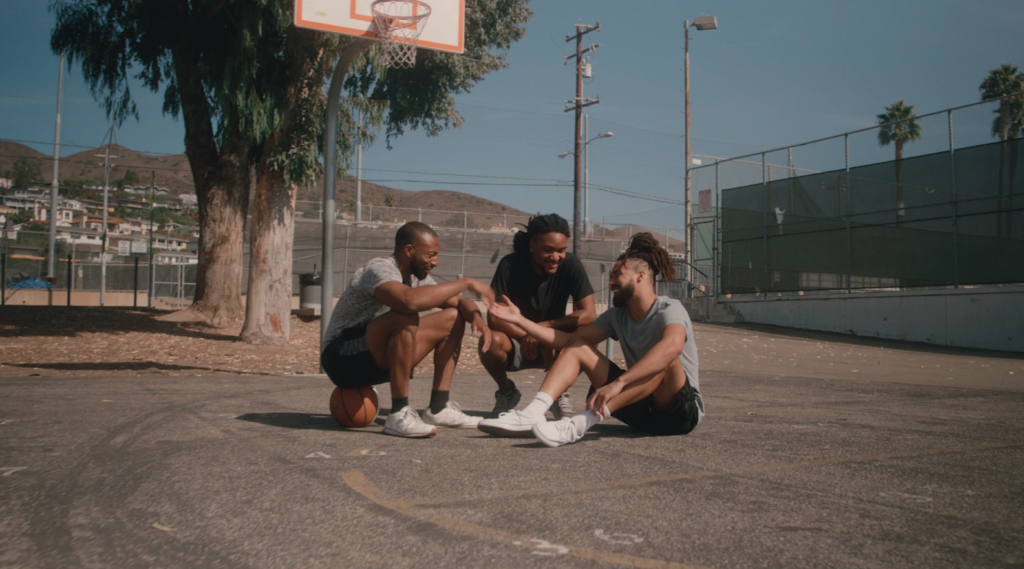

In a wide shot, the subject’s entire body is visible, although it typically does not fill the frame.
While the subject is a bit more prominent, these shots can generally be used interchangeably with extreme wide shots, depending on the location.
Most aerials can be classified as wide or extreme wide shots.

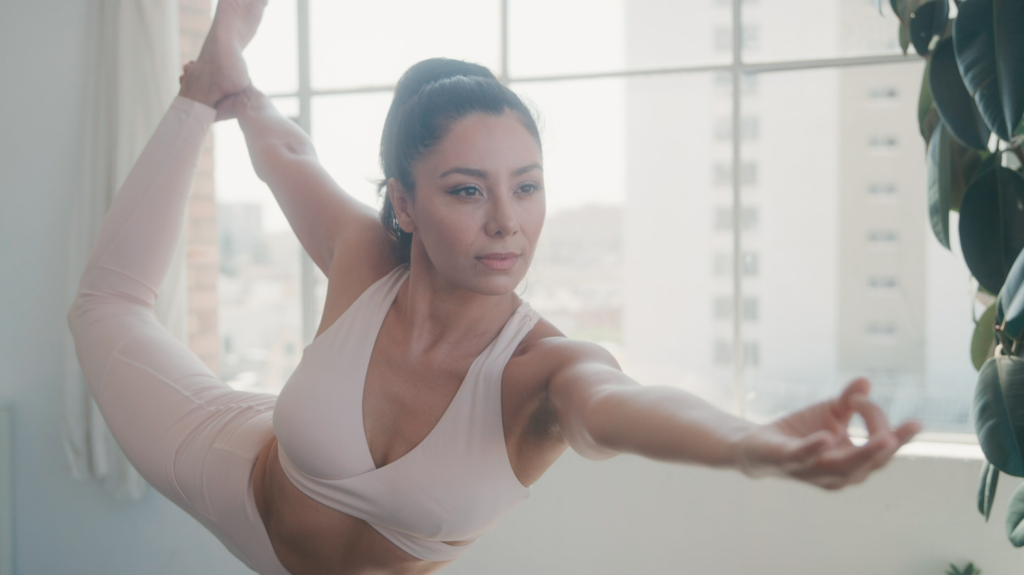
There is a lot of variation in what is considered a medium shot, but generally, this will be anything from a subject filling the frame head-to-toe, to a subject being framed from the waist up.
Medium shots are the most common type of shot in films, and generally focus on a subject’s movement, surroundings, or action, rather than dialogue or their mood.

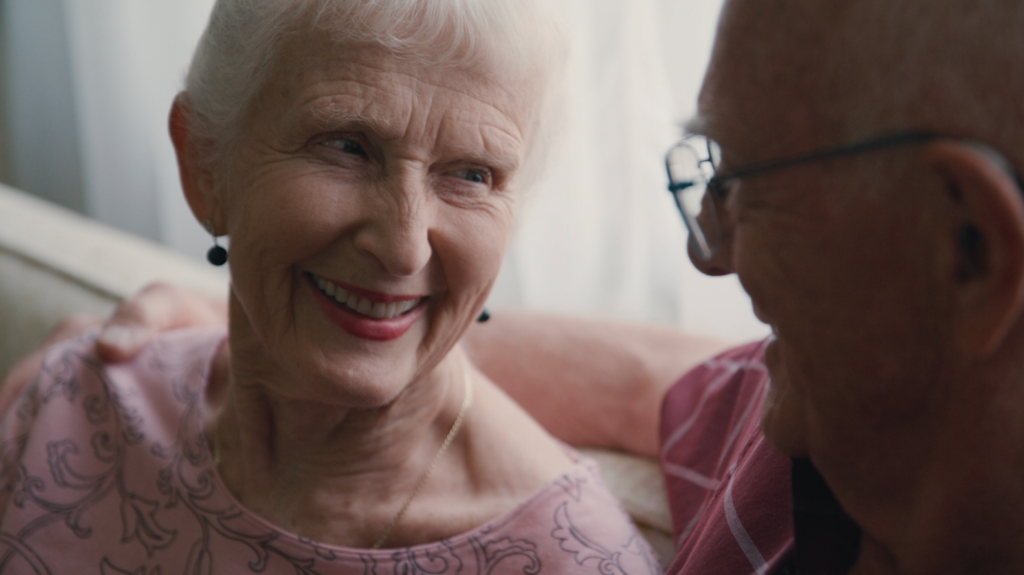
This shot will usually frame a subject from the chest or shoulder up.
Medium close ups are by far the most common shots in dialogue scenes, or any other instances of interaction between multiple subjects. This is where a character’s emotional state starts to become an intentional focus of the framing.

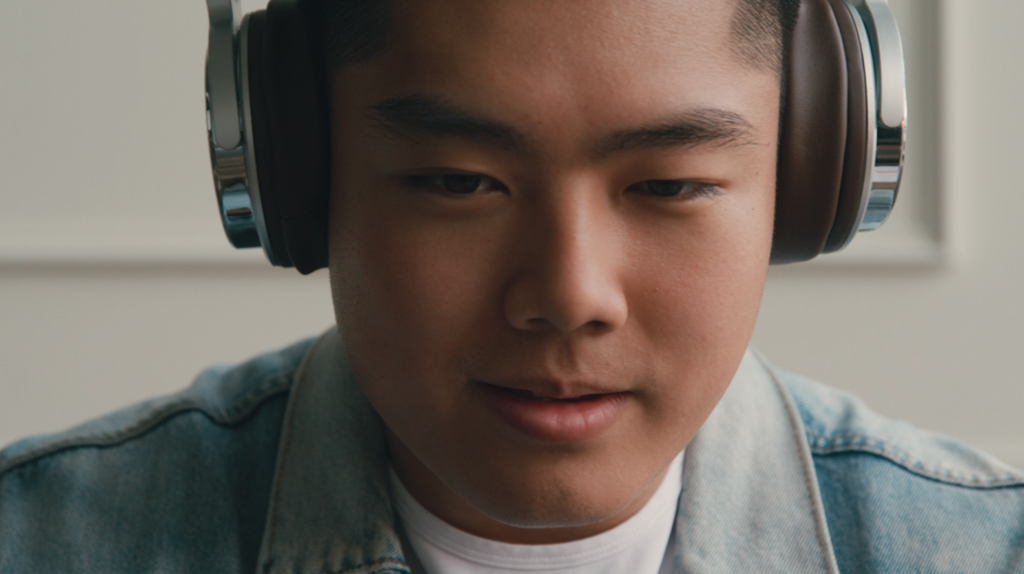
In a close up, a part of the subject fills the entire frame (usually their face).
This framing is ideal for introspective shots, monologues, and some dialogue scenes.
Many close ups have little to no camera movement.
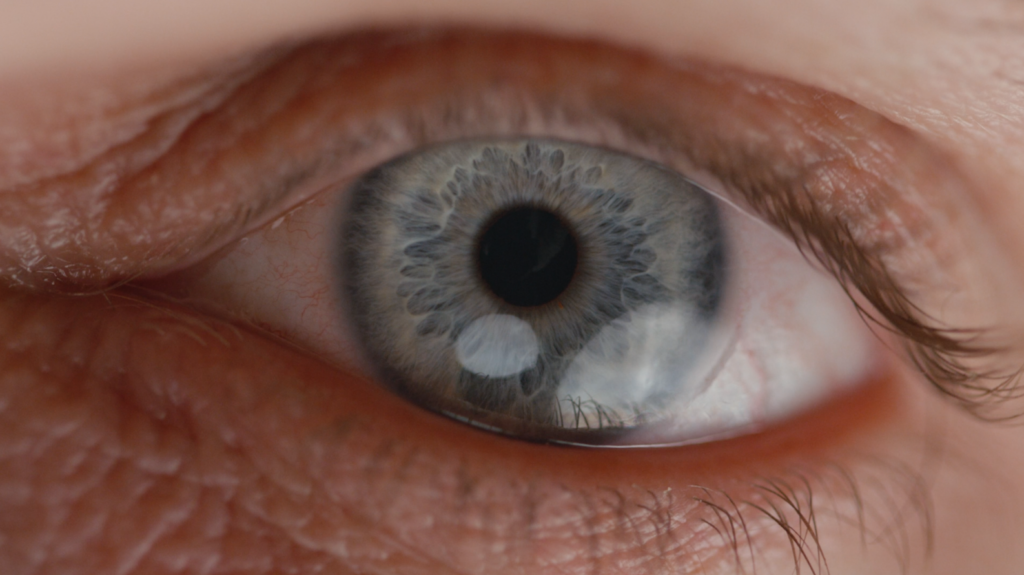
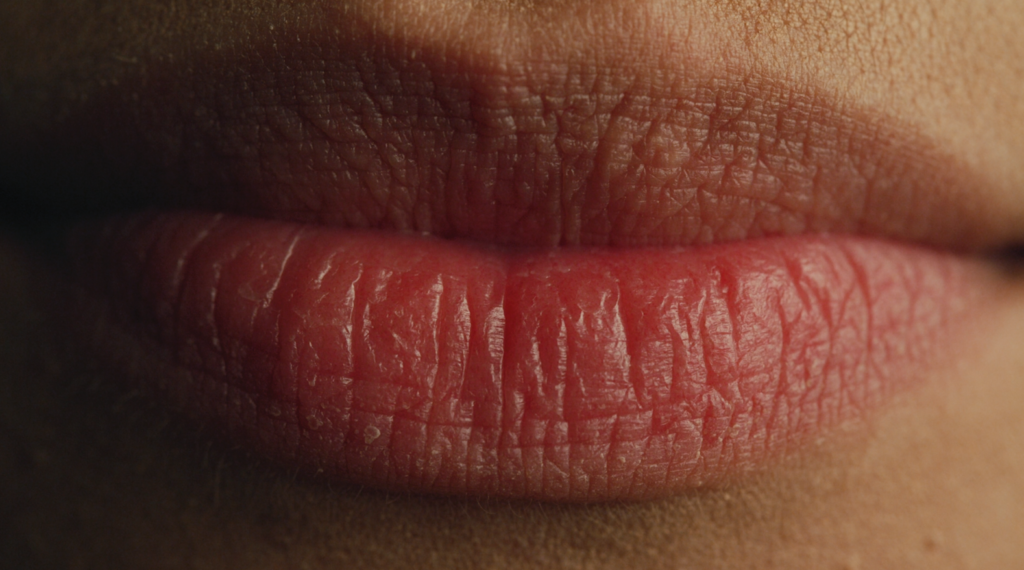
Again, this type of shot is just what it sounds like: a very tight focus on a part of the subject, such as their eyes, mouth, or hands.
Extreme close ups are used for effect, and can feel heartwarming, powerful, or even creepy depending on their context. Props or elements of the setting can also be shown.

On Filmpac, you can hone in on the right shot by using the “framing” filter under the “cinematography” tab. This allows you to view only shots that match the framing criteria you selected, which can be a huge timesaver in your edit.
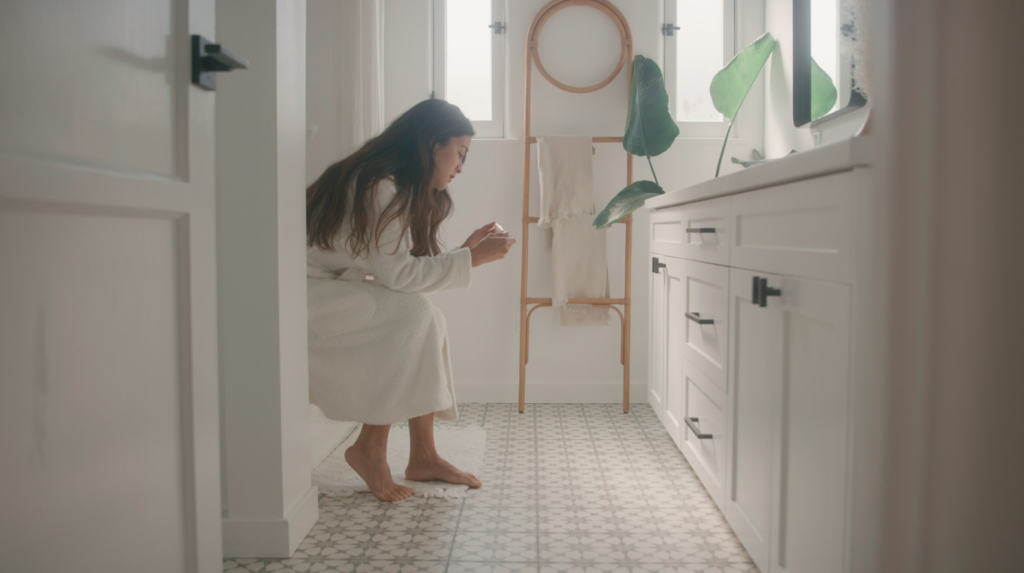
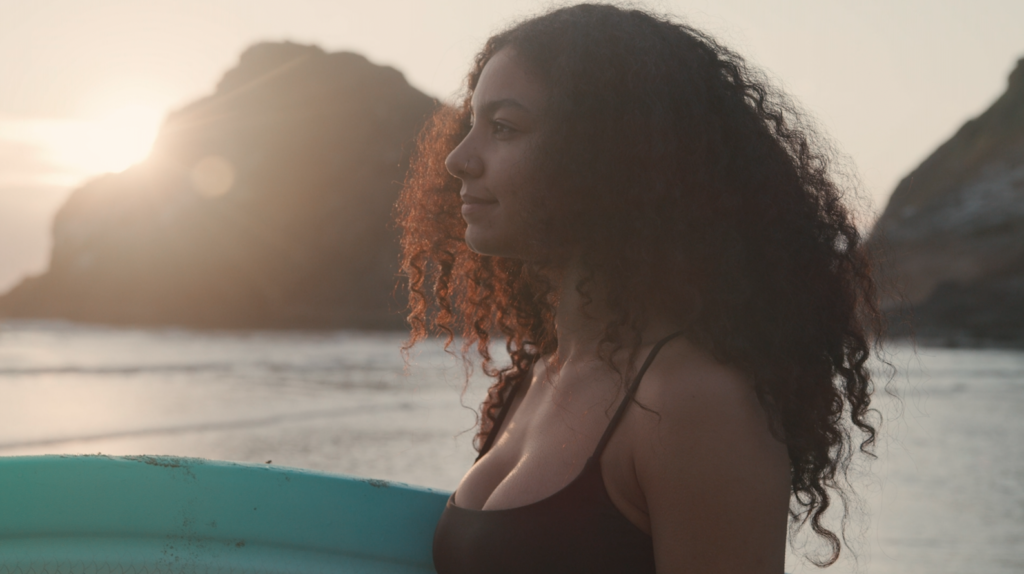
Of course, there are a million variations to these shots, and you may often find yourself between two of them. But knowing this basic, industry-standard lingo will help you communicate with your clients and your crew.
Kevin is the Music Director at Filmpac.

Want to make money selling footage through a major stock footage platform like Filmpac? This page will walk you through the processs.
Continue Reading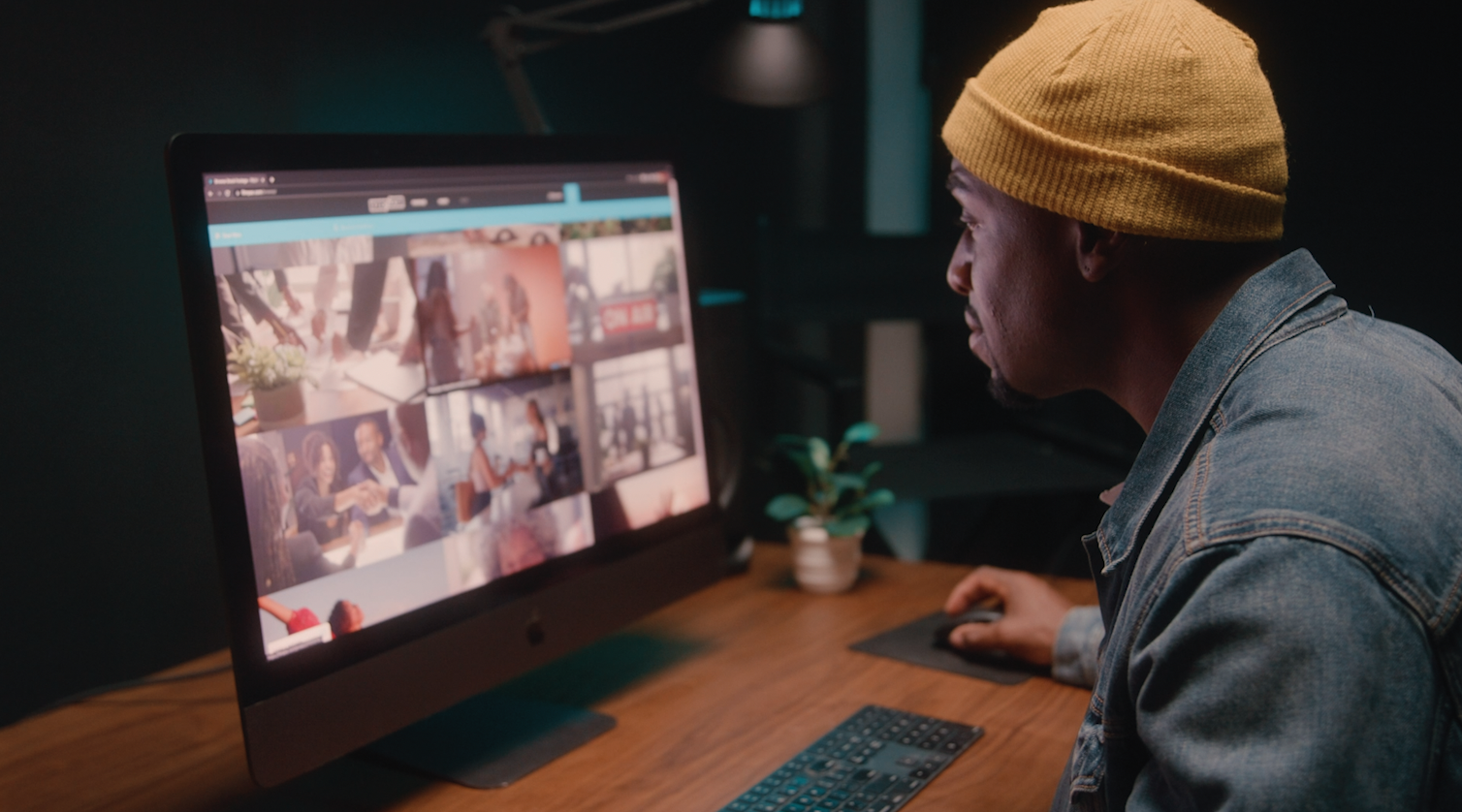
By far, the two most common frame rates in modern American video editing and production are 24fps and 29.97fps. Here's the difference.
Continue Reading
There are 5 main types of camera movement. We break each of them down and show you how they can help you tell your stories better.
Continue Reading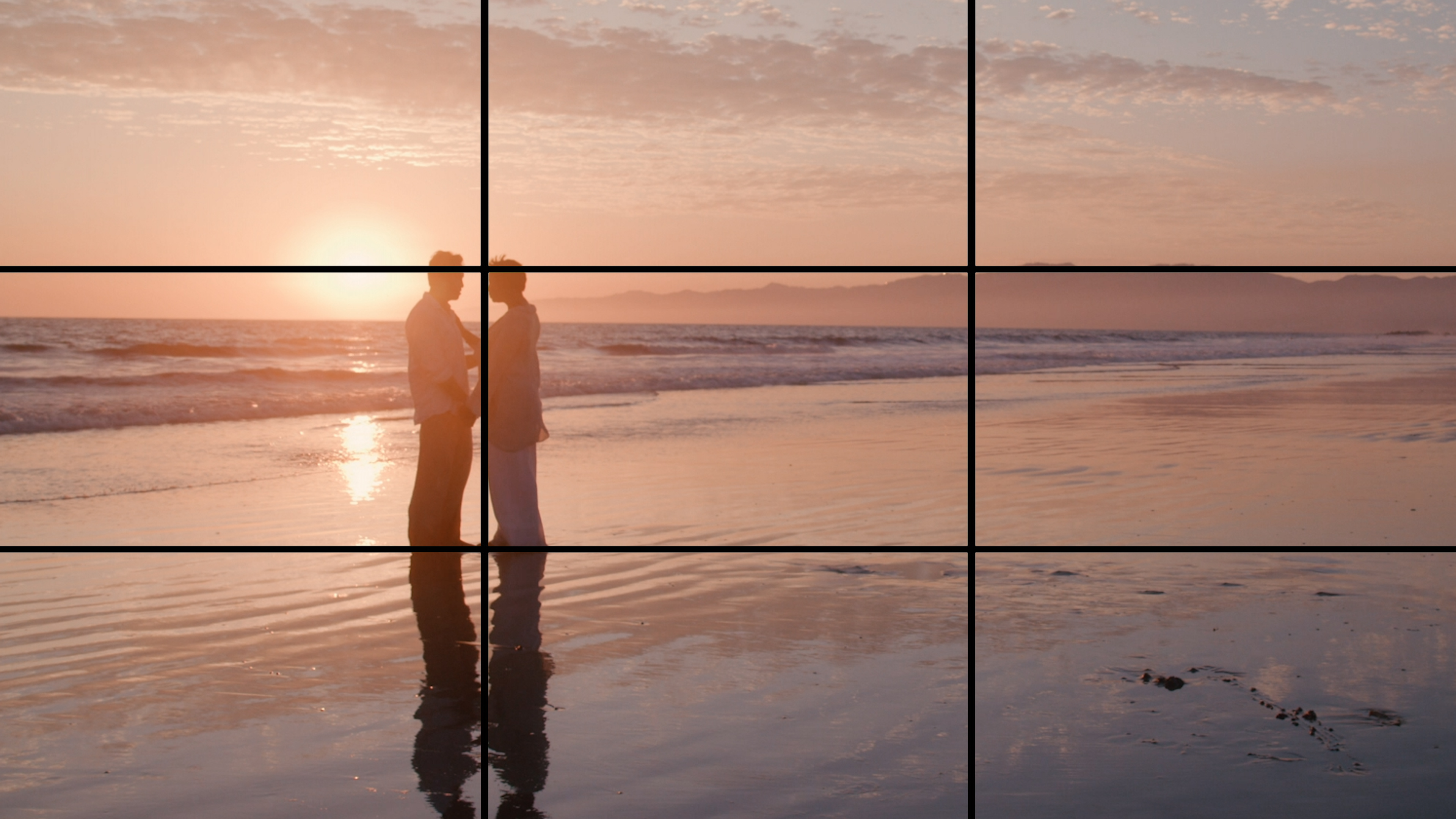
If you’re a photographer or filmmaker, you’ve likely heard of The Rule Of Thirds. here's a guide on how to apply it and when to break it.
Continue Reading

One of the most difficult parts of being a professional filmmaker is effectively managing and budgeting your time.
Continue Reading
Want to make money selling footage through a major stock footage platform like Filmpac? This page will walk you through the processs.
Continue Reading
Virtual reality could be the biggest shift in the way we consume our content since the proliferation of the smartphone.
Continue Reading